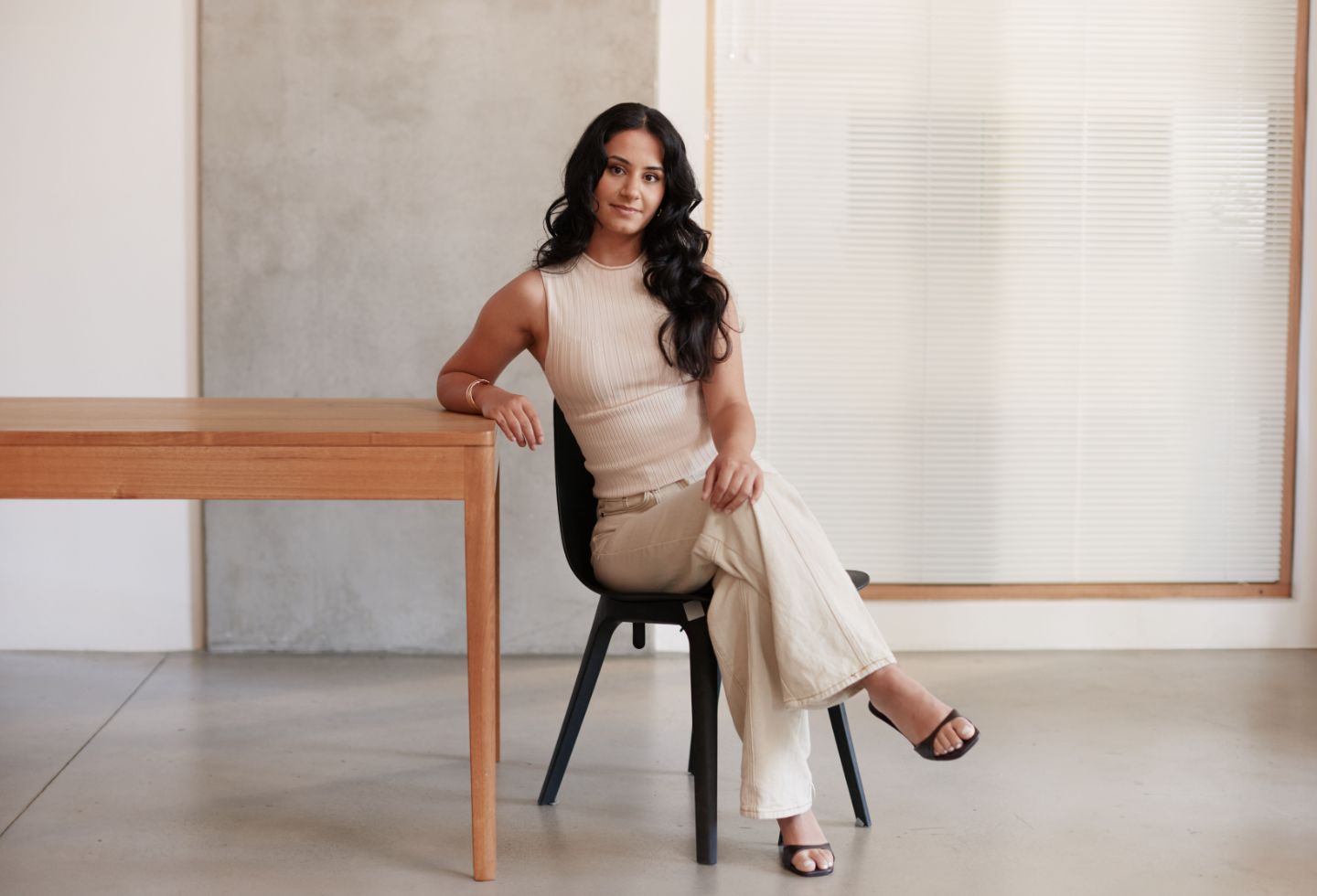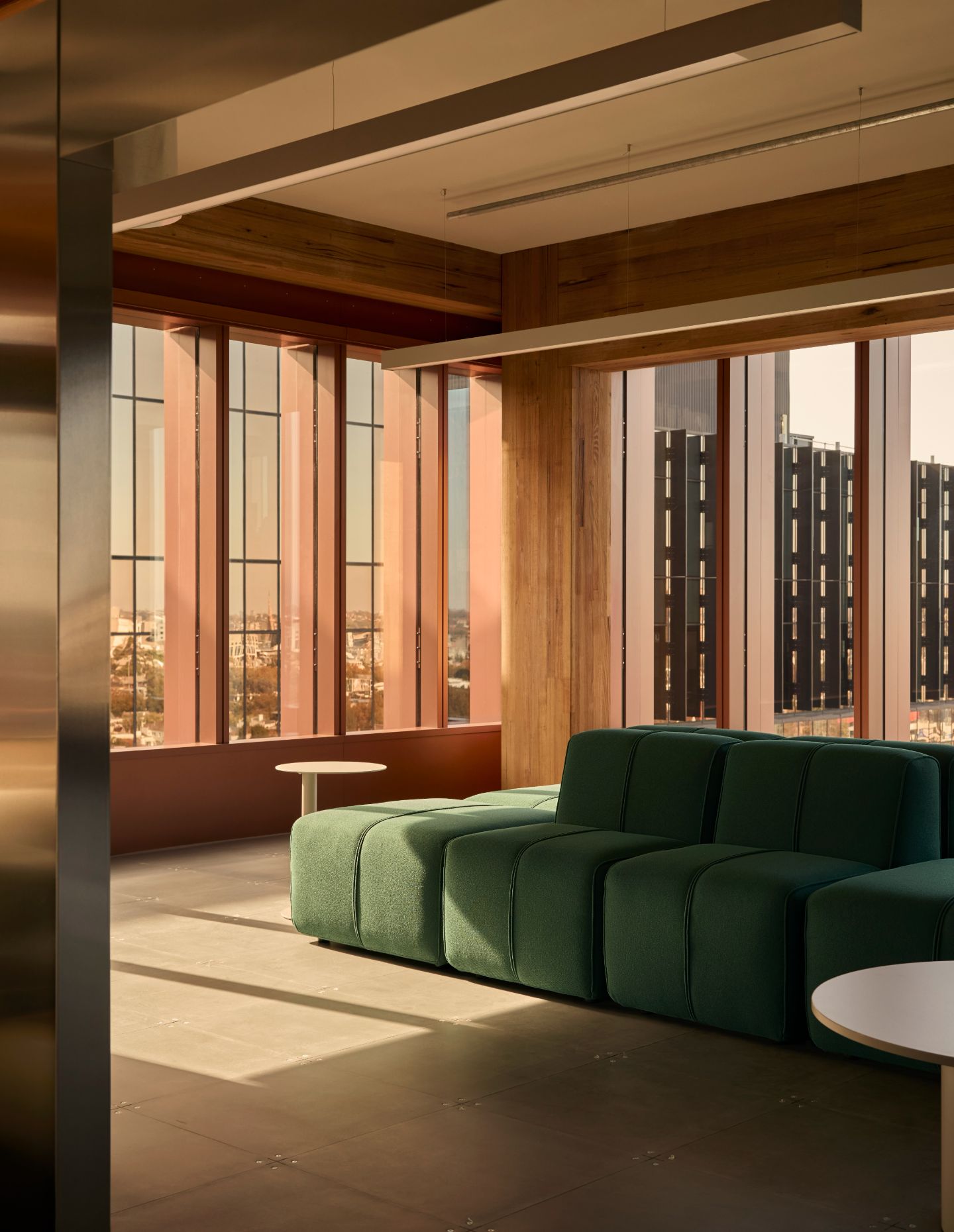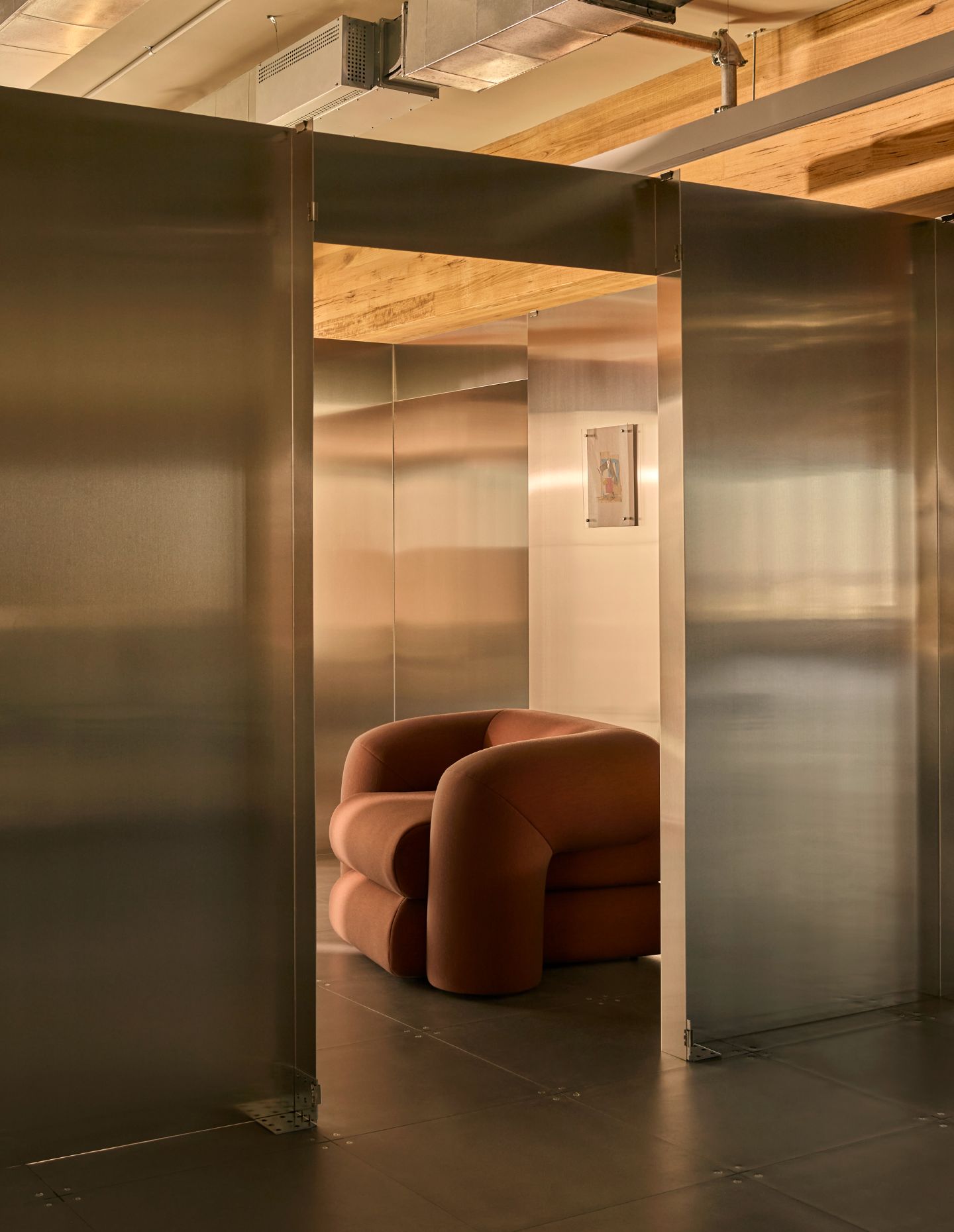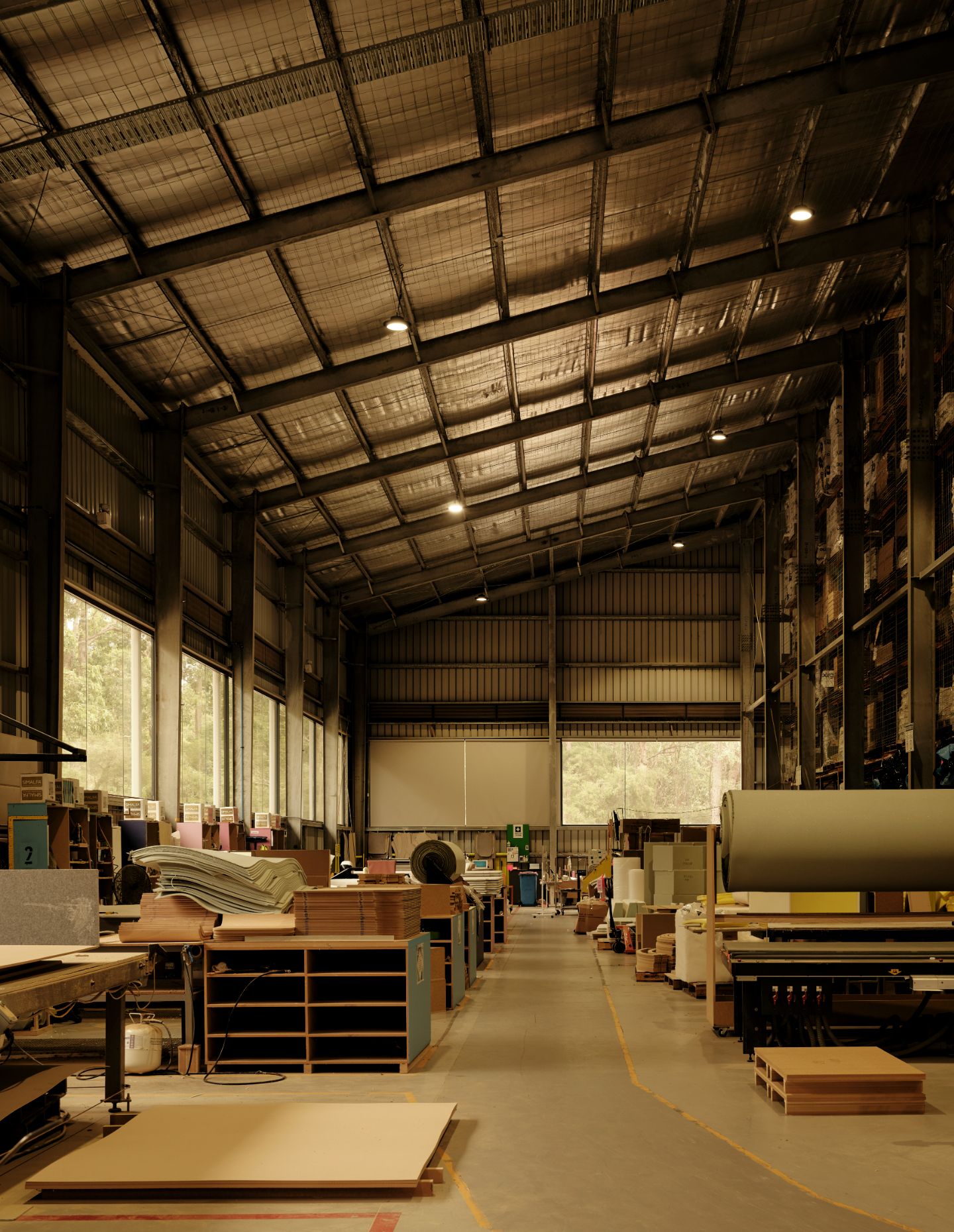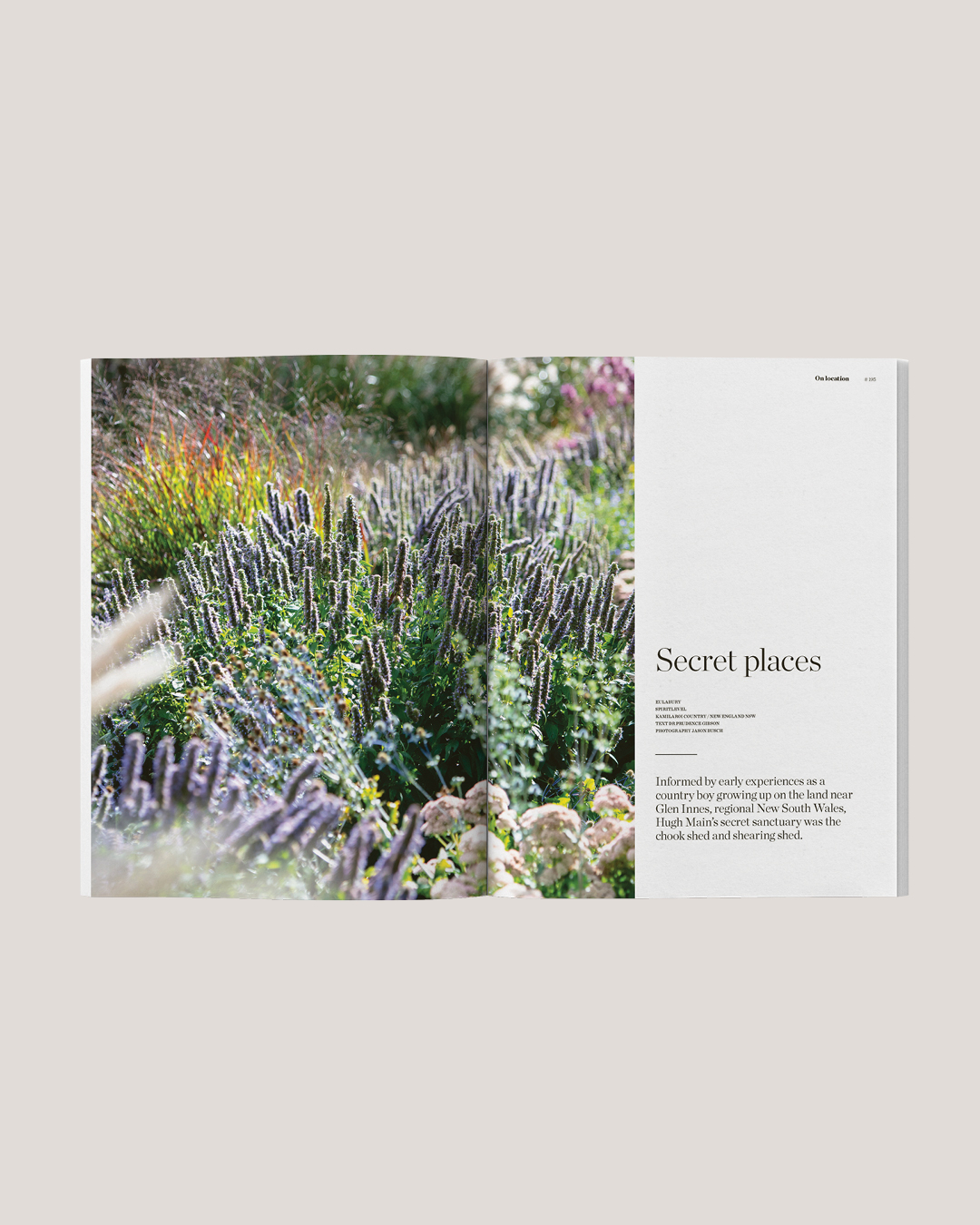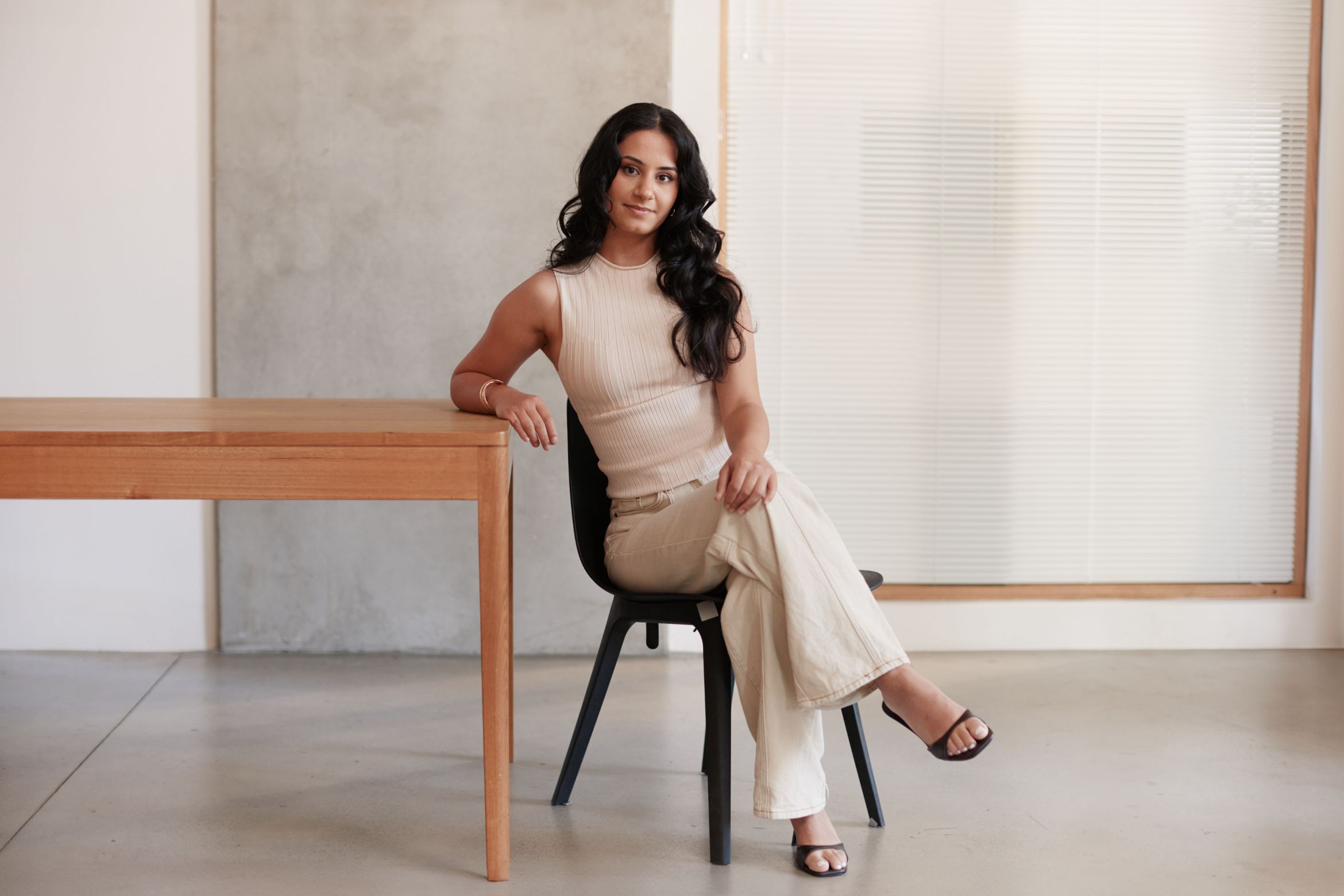Almas is a sculpted, modular seating range fusing mid-century influences and modern versatility. Knotte has worked with Joanne Odisho to develop the range – indeed, it’s named after Odisho’s very own grandmother. Here, she tells us a little about the range as well as her work more generally.
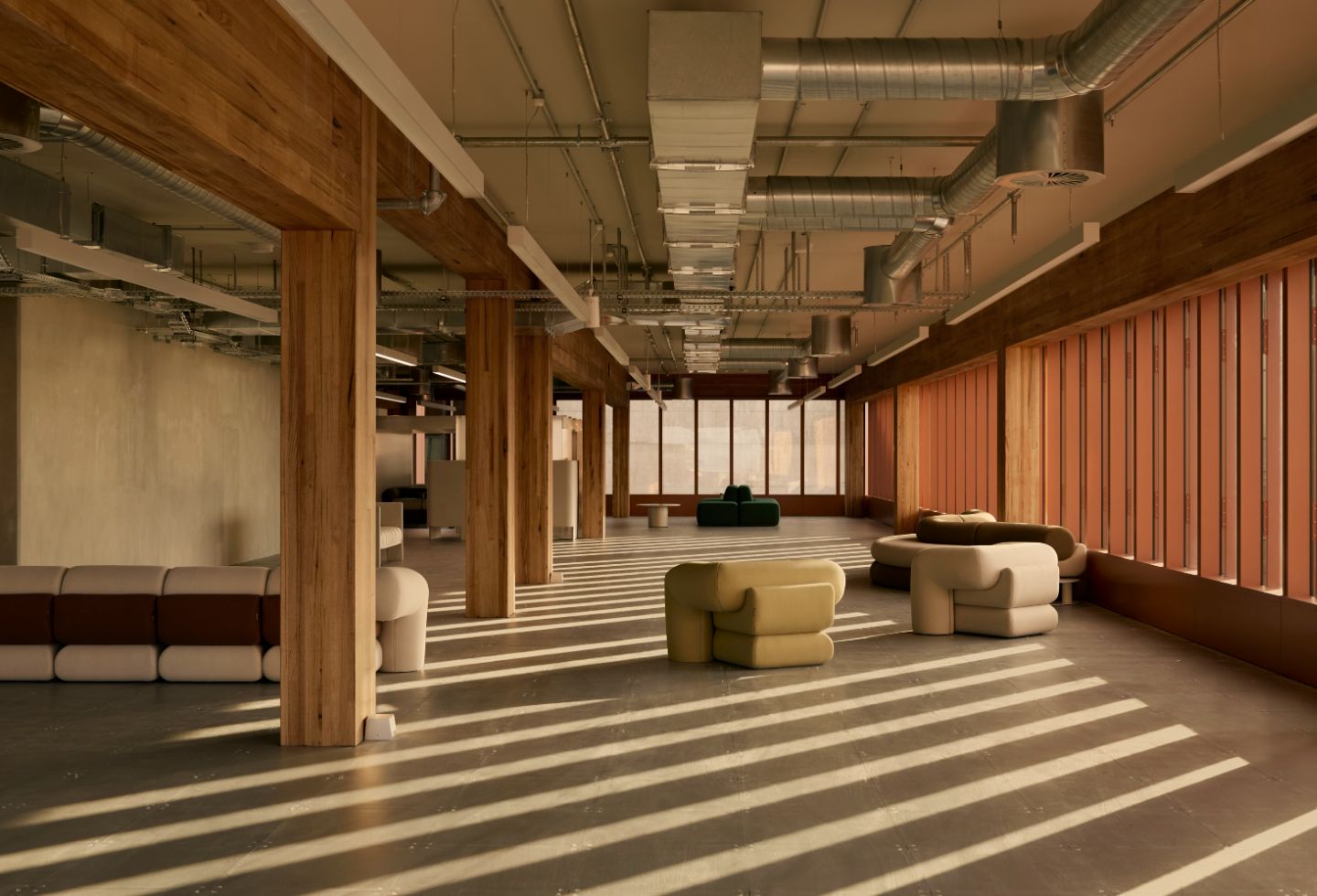
Habitusliving: We see many architects and interior designers trying their hand at furniture or object design, but you specifically studied furniture design at RMIT. Have you always had a particular passion for furniture?
JO: Absolutely. I’ve always been fascinated by how thoughtful design can bring a space to life; how form, texture and colour work together to create a cohesive interior. After completing my studies in Interior Design, I found myself becoming more and more drawn to the individual objects that populate a space. Furniture design offered a creative freedom that felt quite liberating. It was free from the typical client brief or spatial constraints and allowed me to focus on expression and form while still maintaining a deep connection to the environment the object would live in. My background in interiors has definitely influenced how I design furniture, always with consideration for how the piece interacts within a broader context.
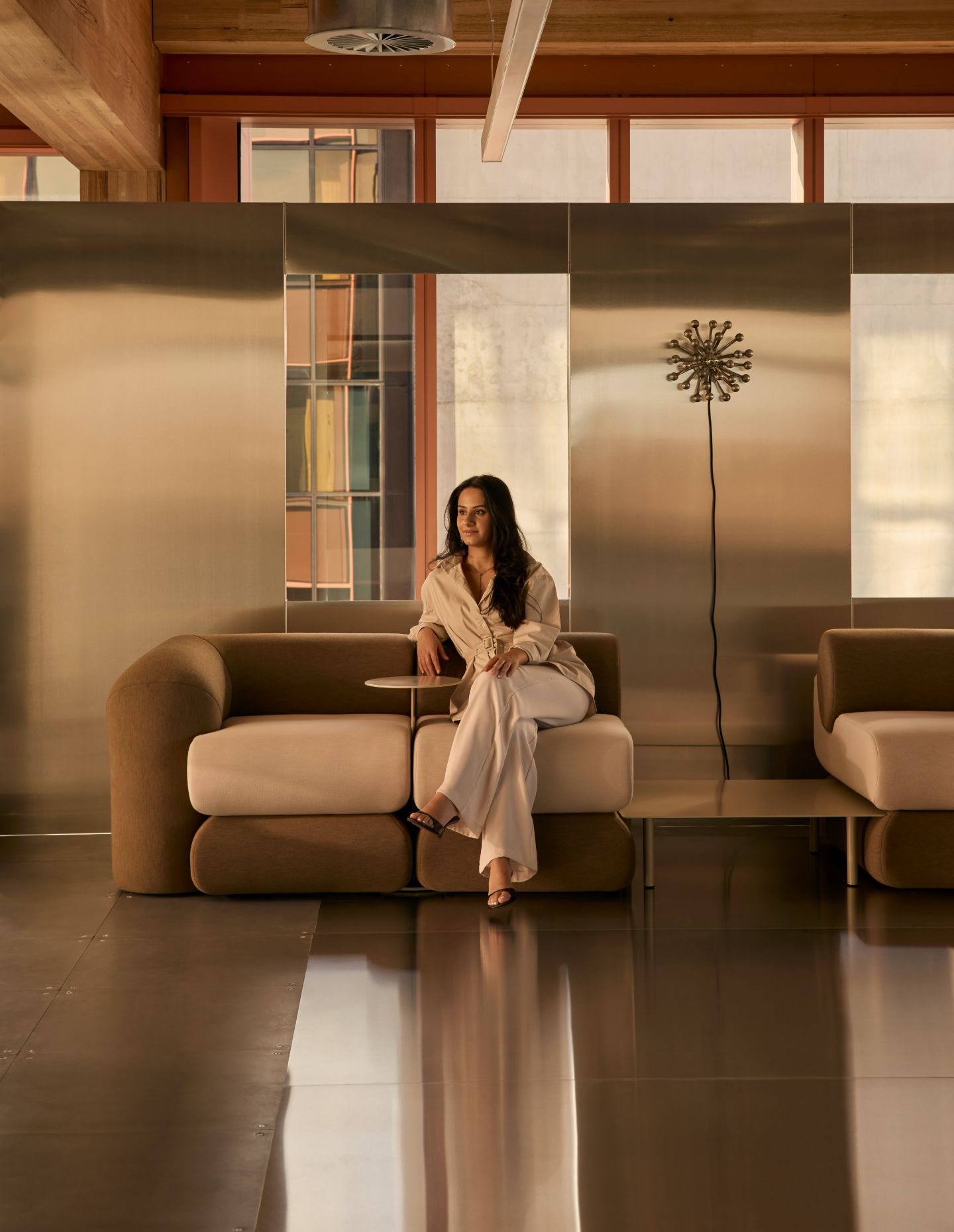
What drew you to collaborating with Knotte?
Collaborating with Knotte was an exciting opportunity to take my designs beyond one-off, handmade pieces and into large-scale production, which was completely new to me. What really drew me in were the values that underpin the company. Sustainability is a huge focus in my practice, so knowing that Knotte’s products are made locally in Sydney, with a clear commitment to ethical production, was a big win. I was also impressed by their Life Extension Program, which offers refurbishment and re-certification of their lounges, prolonging product life in a meaningful way.
The design brief itself was equally compelling. Aside from designing a modular sofa, there were no strict limitations, which gave me a level of creative freedom you don’t often get to experience in collaborative settings.
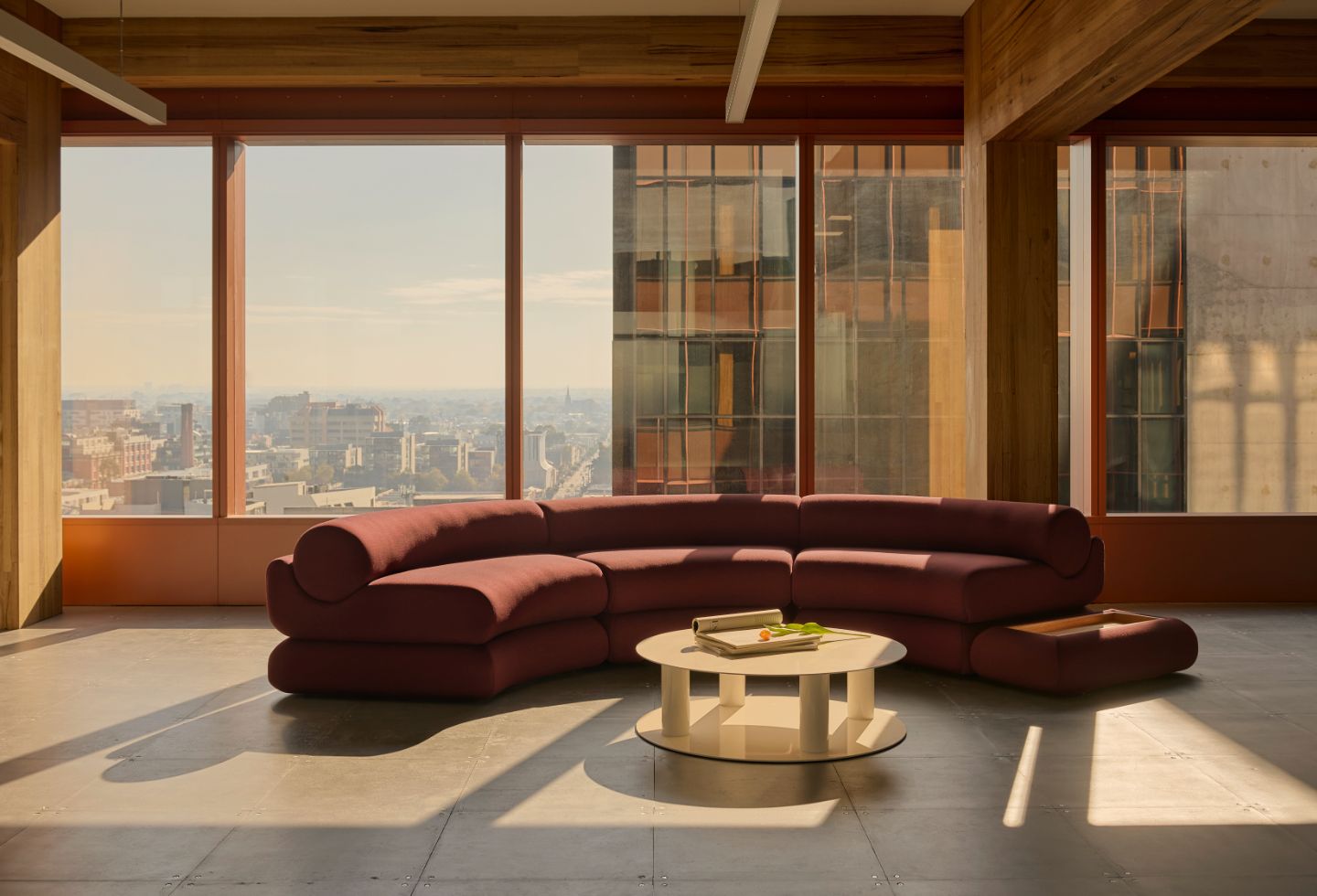
Many of your other designs are more sculptural pieces. What did you find interesting about designing modular furniture?
It was definitely a shift from my usual approach. I tend to lean into organic shapes, asymmetry and a sculptural sensibility, so working on something as structured and functional as a modular sofa required a different mindset. I had to think more deeply about versatility, how the modules would connect, how they would interact with one another, and how they could adapt to different spaces and needs. It challenged me to consider functionality as a design language of its own, and I found that really rewarding.
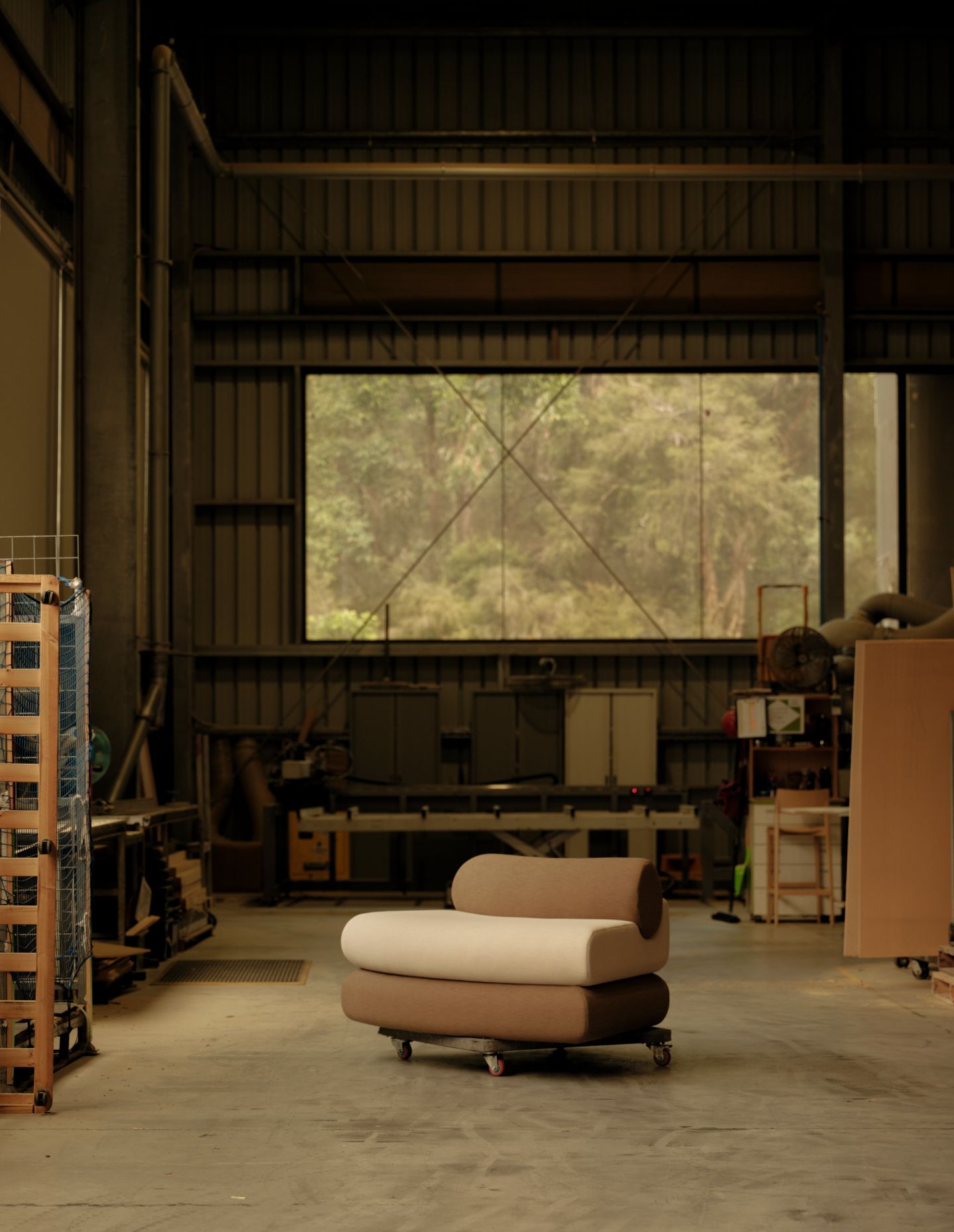
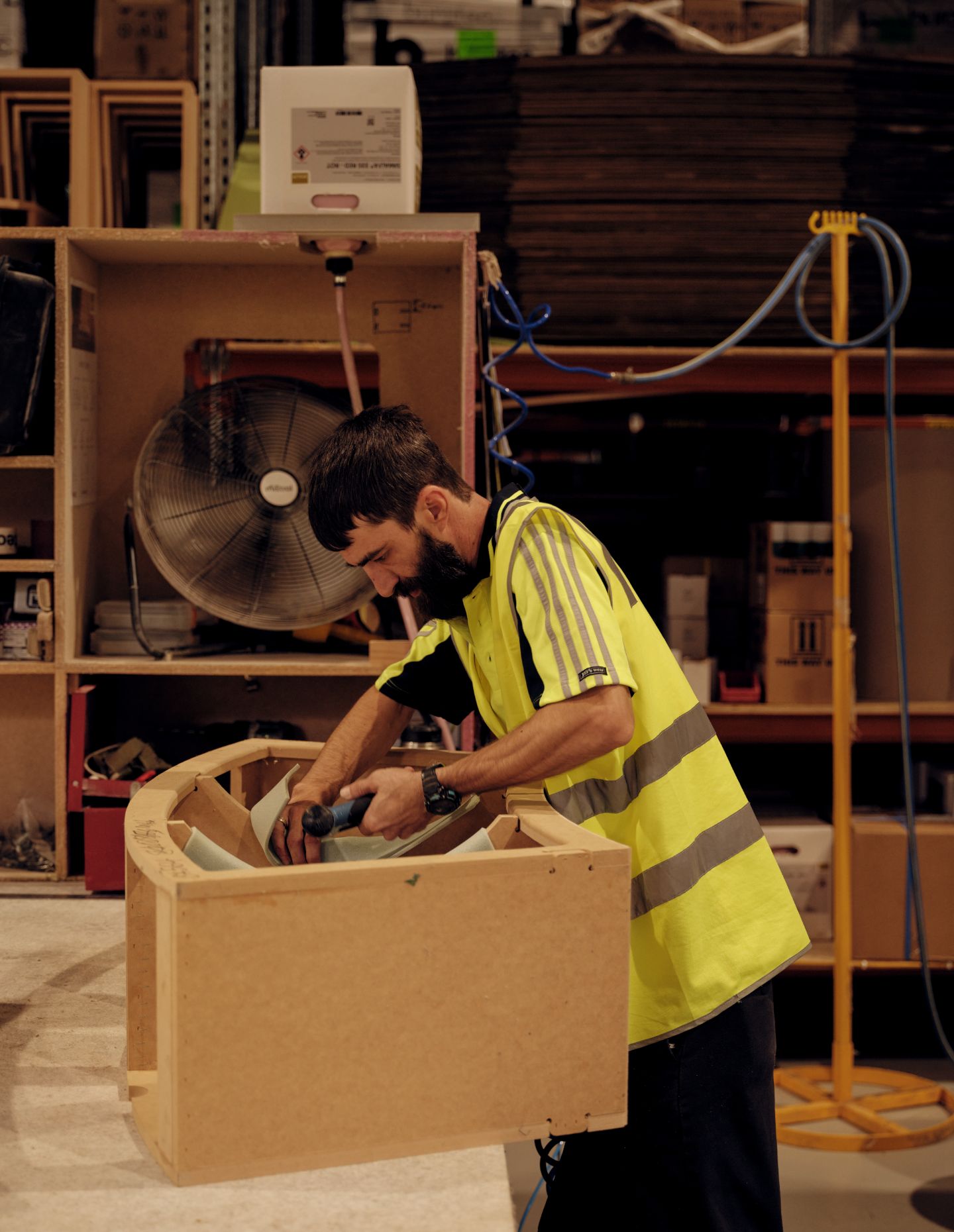
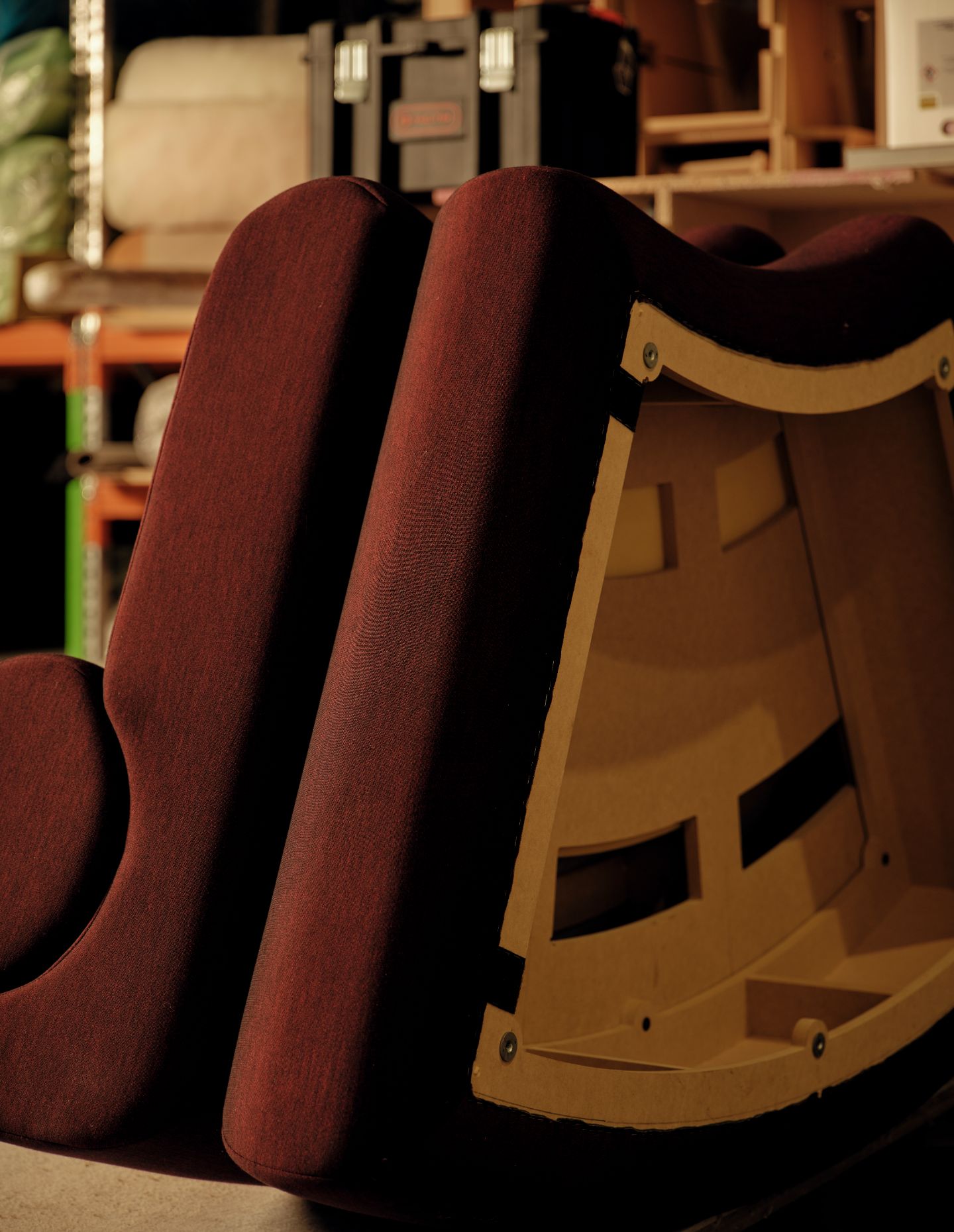
Where do you go for design inspiration?
Inspiration often starts with a sketch – loose, intuitive lines that don’t necessarily make sense right away. From there, I like to go for walks and observe the world around me, paying close attention to both the built and natural environment. For this collection in particular, I remember being hyper-aware of patterns: brickwork, pathways, florals, even the cracks in the pavement. I take photos of anything that catches my eye and later return to those images to inform material choices, shapes and structures. It’s a very intuitive and observational process.
Related: Earth & Fire is a book on ceramics
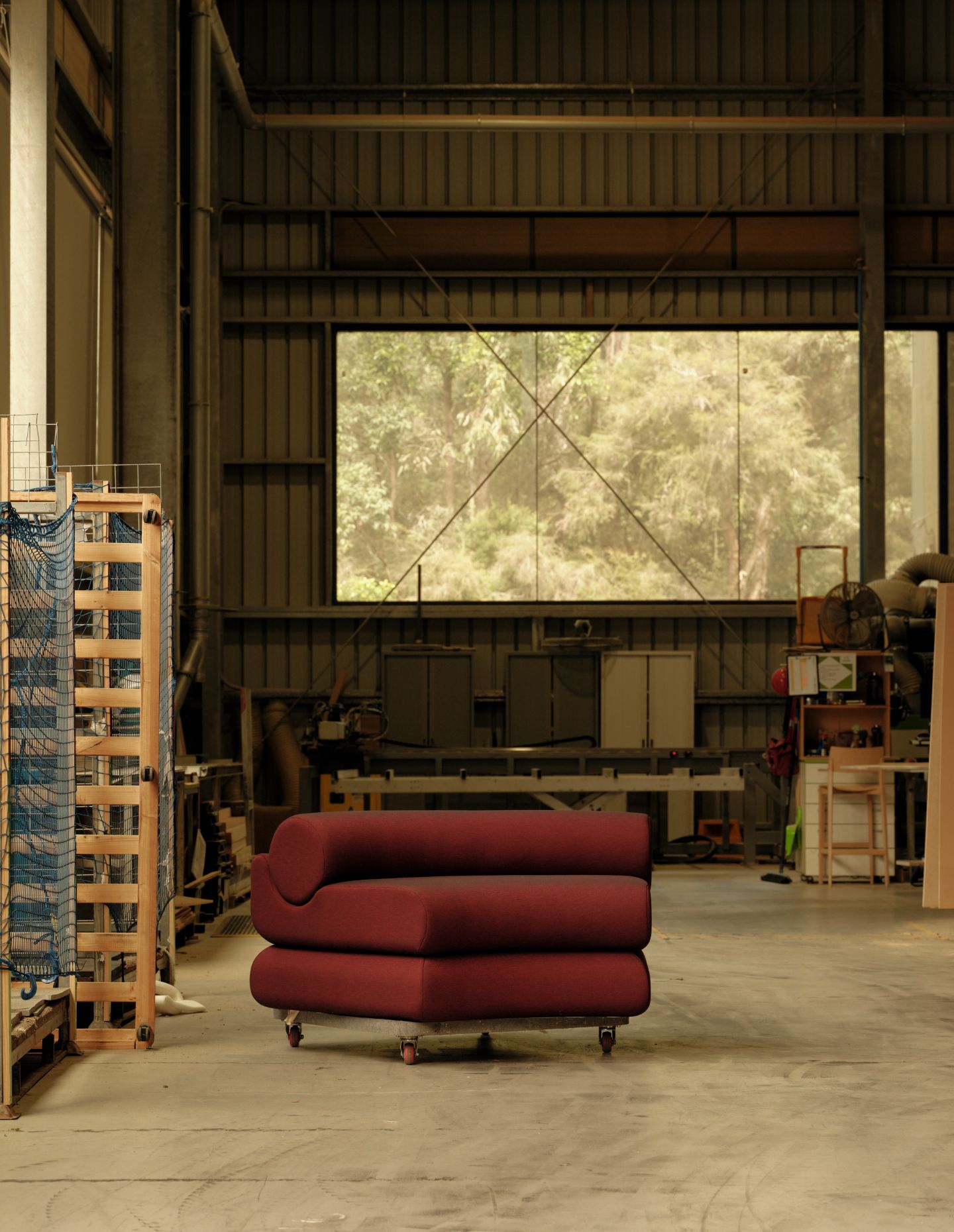
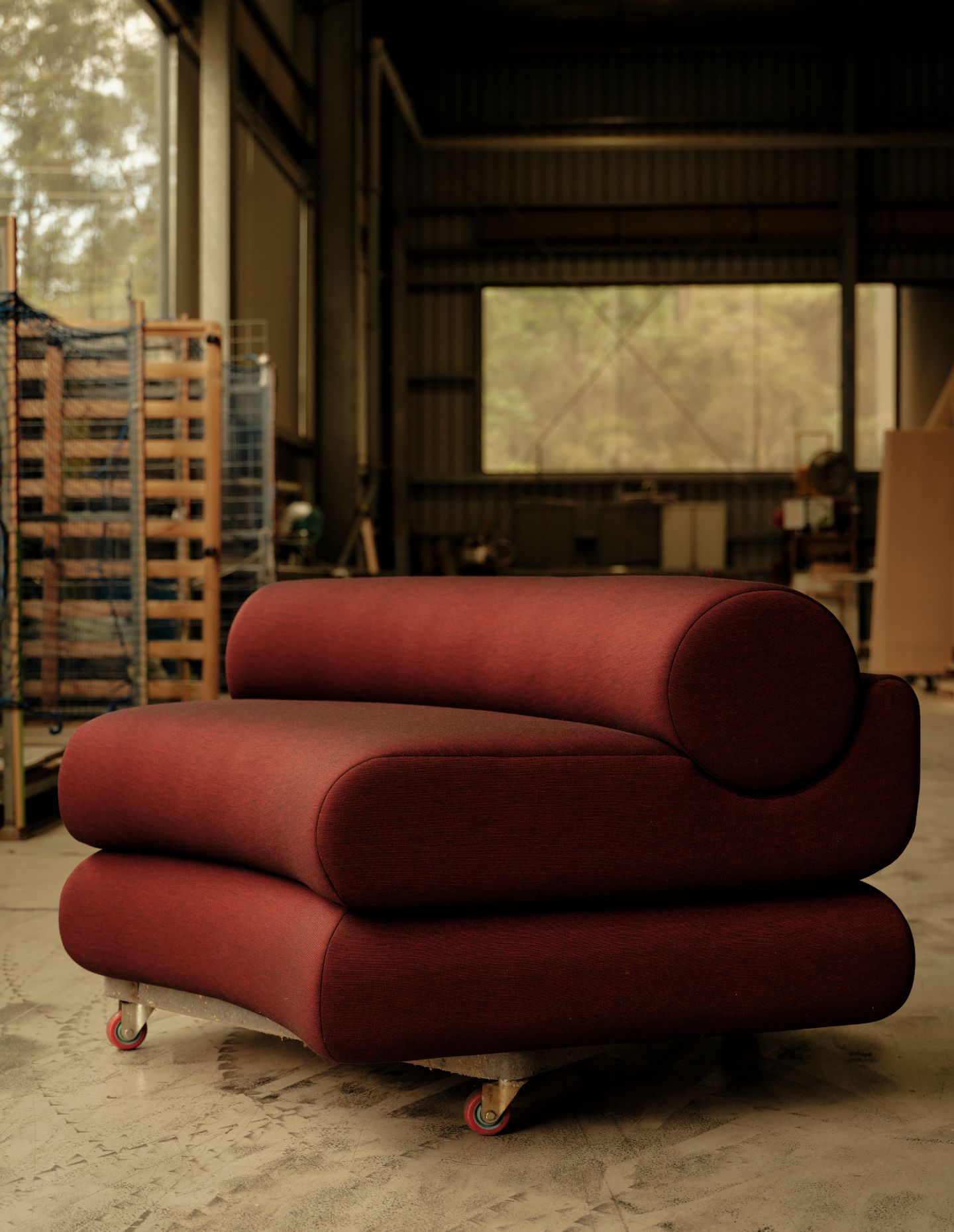
Are there any other collections you’d like to draw attention to? What are you currently working on?
The Bloom collection is probably my most significant body of work to date. It’s gained international recognition and was initially developed as a university project. That project ended up launching my career and gave me the foundation to work independently as a designer. Most recently, I’ve created the Pathways cabinet: a continuation of my exploration into form and storytelling through furniture.
What do you do to get away from work, to take a break from design?
I’ve started pottery classes and it’s become my little joy. There’s something so calming about shaping clay and making mugs or bowls for the people I love. Although, if I’m honest, I don’t think I’m very good at switching off completely. Even when I’m making pottery ‘for fun,’ I find myself thinking about glazes or curves or how to tweak a shape just a little more. So I suppose my idea of a break still involves making things and ‘designing…’ just with a bit more mess and a bit less pressure.
